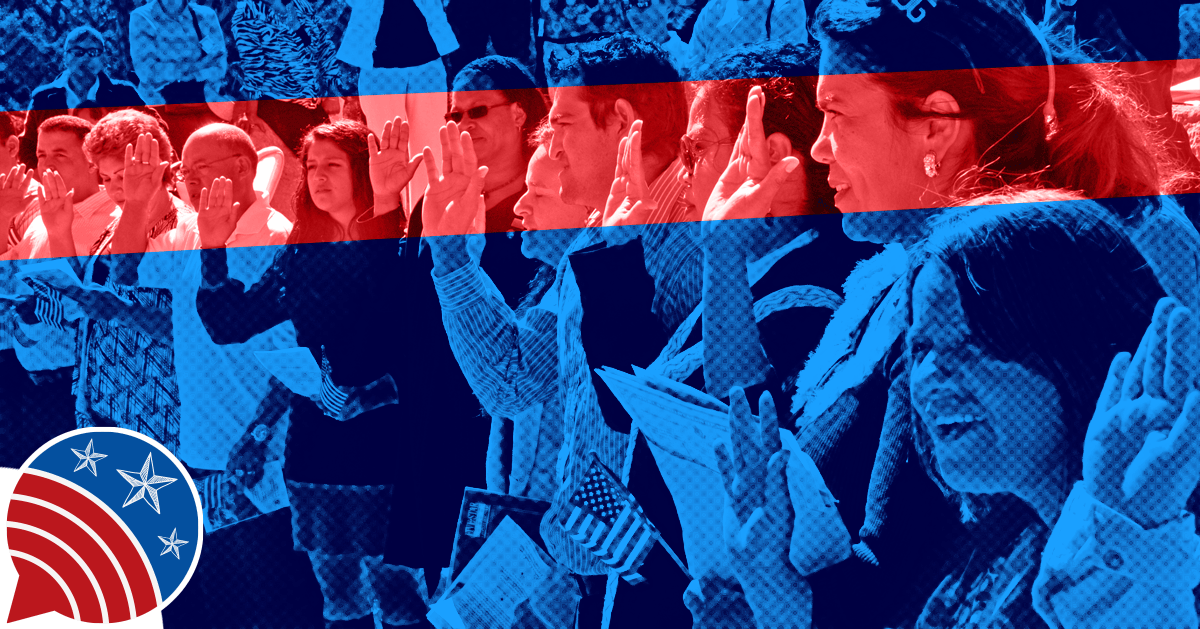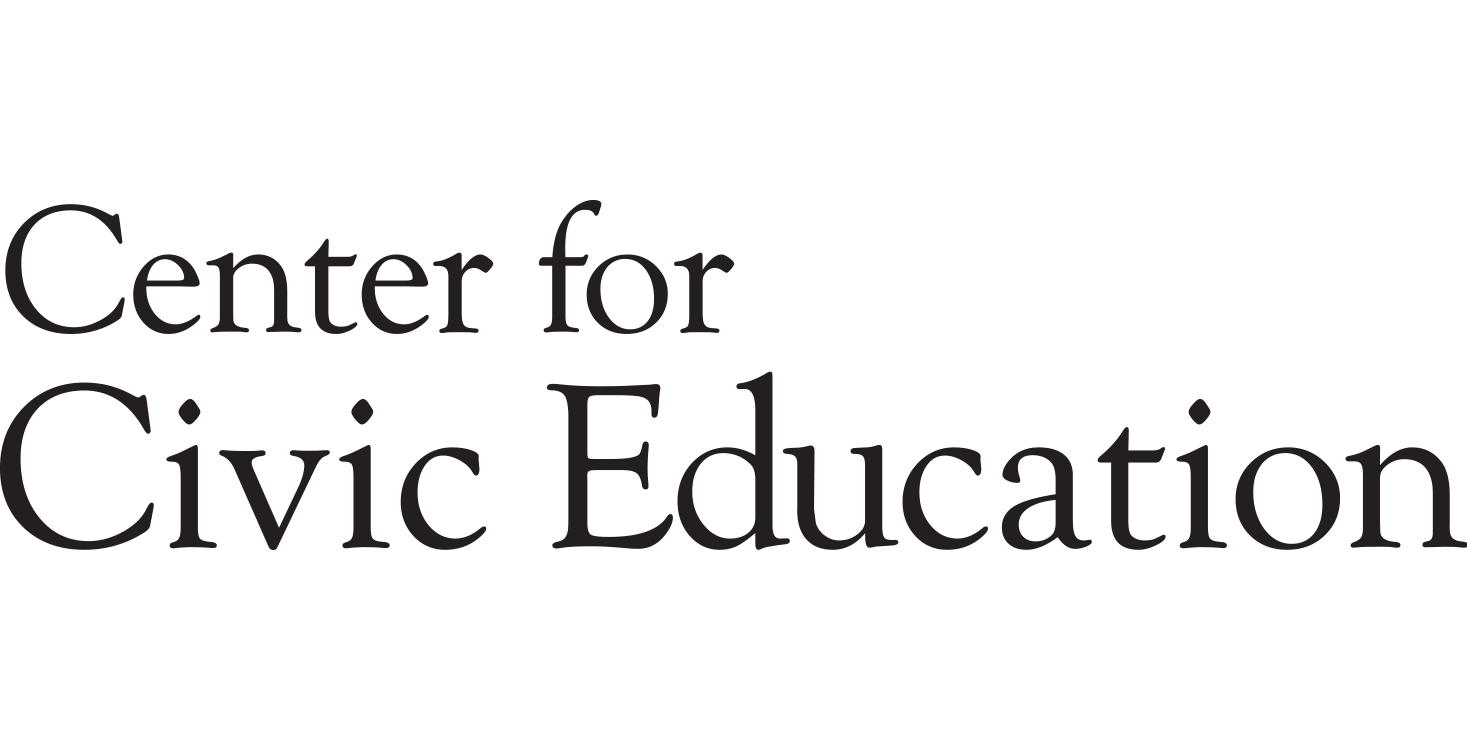
Citizenship
Paideia Seminar Plan
Launch Activity
Distribute the text of the Chinese Exclusion Act and allow participants 2-3 minutes to read it. Provide the following background explanation on the text:
The Chinese Exclusion Act was a significant piece of U.S. legislation passed in 1882, marking the first time a specific ethnic or national group was explicitly prohibited from immigrating to the United States. The law was aimed at Chinese laborers arriving in large numbers, particularly during and after the California Gold Rush and the construction of the Transcontinental Railroad. The act effectively halted Chinese immigration for ten years and declared Chinese immigrants ineligible for naturalization as U.S. citizens.
This law came about in response to economic fears and racial prejudices prevalent during the period. Many Americans on the West Coast felt that Chinese immigrants were taking jobs away from them by accepting lower wages, contributing to economic instability and tension. Moreover, there was a widespread racial bias, with stereotypes and misinformation about Chinese culture and people adding to the animosity and leading to discriminatory practices and policies.
The Chinese Exclusion Act was initially slated to last for a decade, but it was subsequently renewed and made more restrictive with the Geary Act in 1892, and it was later made permanent. These laws made it incredibly challenging for Chinese immigrants already in the U.S. to bring over family members and nearly impossible for new immigrants to arrive. The laws also significantly increased anti-Chinese sentiment and set a precedent for further restrictive and discriminatory immigration policies.
The Act was finally repealed in 1943 with the Magnuson Act when China became an important ally to the U.S. during World War II. However, the full and more equal loosening of immigration restrictions didn't occur until the Immigration and Nationality Act of 1965. The legacy of the Chinese Exclusion Act serves as a reminder of a regrettable period of legally sanctioned racial discrimination in the U.S. It continues to influence conversations about immigration and race relations today.
Ask participants to jot down and discuss the following questions: What do you think was the intended impact of the Chinese Exclusion Act on Americans? What about its impact on Chinese immigrants interested in coming to America? What about its impact on Chinese immigrants in the US at the time of the act’s passage?
Inspectional Read
Distribute the text of “The New Colossus” and ask participants to anticipate what they expect this reading to be like. Have participants number the lines 1-14. Read the poem aloud for the first time. Have participants underline any words with which they are unfamiliar.
Background Information
"The New Colossus" is a sonnet by the American poet Emma Lazarus (1849-1887). It was written in 1883 and is known for its association with the Statue of Liberty. The sonnet was written as part of a fundraising effort for the construction of the pedestal of the Statue of Liberty. The statue was a gift from France to the United States, but funds were needed to build the pedestal upon which the statue would stand. An auction of art and literary works was organized as part of these fundraising efforts.
Lazarus was asked to contribute an original work to the auction. Initially, she declined because she did not have a direct connection to the statue or the cause. However, after a conversation with the fundraiser Constance Cary Harrison, she became inspired to write a poem that showed the Statue of Liberty welcoming all immigrants to America. The resulting sonnet, "The New Colossus," was added to the auction, although it did not receive much attention at the time. Lazarus died just a few years later, in 1887, and her poem was largely forgotten.
In 1903, sixteen years after Lazarus's death, her friend Georgina Schuyler happened upon a book containing the sonnet. Schuyler began a campaign to have the poem commemorated at the Statue of Liberty. Consequently, a bronze plaque bearing the text of the poem was mounted on the statue's pedestal.
Vocabulary
Have participants share the words and phrases they found unfamiliar while a volunteer lists them on the (interactive) whiteboard. Be sure to include:
Assign the words and phrases to groups of participants to research and define. Then, have the groups share with the entire class and discuss until all participants are comfortable with the surface meaning of the text.
Analytical Read
Have participants reread the text selection, slowly highlighting the three most impactful lines or sentences. Then, in the margins of the selections, ask students to write notes on what makes those lines or sentences so compelling.
Define and State the Purpose of the Seminar
“A Paideia seminar is a collaborative, intellectual dialogue about a text, facilitated with open-ended questions. The main purpose of this seminar is to arrive at a fuller understanding of the textual ideas and values of ourselves and of each other.”
Describe the Responsibilities of the Facilitator and Participants
“I am primarily responsible for asking challenging, open-ended questions, and I will take a variety of notes to keep up with the talk turns and flow of ideas. I will help move the discussion along in a productive direction by asking follow-up questions based on my notes.
“I am asking you to think, listen, and speak candidly about your thoughts, reactions, and ideas. You can help each other do this by using each other’s names.
“You do not need to raise your hands in order to speak; rather, the discussion is collaborative in that you try to stay focused on the main speaker and wait your turn to talk.
“You should try to both agree and disagree courteously and thoughtfully. For example, you might say, ‘I disagree with Joanna because…,’ focusing on the ideas involved, not the individuals.”
Have Participants Set a Personal Goal
“Now, please reflect on how you normally participate in a discussion as a group. What goal can you set for yourself that will help the flow and meaning of the seminar?
“Please consider the list of personal participation goals – either on the Speaking and Listening Checklist or on the board.”
- To speak at least three times
- To refer to the text
- To ask a question
- To speak out of uncertainty
- To build on others’ comments
“Is there one that is relevant for you? Please choose one goal from the list, or that you feel is best, and commit to achieving it during the discussion we are about to have… Write down (or circle) your personal goal.”
Agree on a Group Goal
“For this seminar, I will suggest our group goal…” (Select display for all to see or have a brief discussion to decide and post the group goal.)
Opening (Identify Main Ideas From the Text)
- What is the most powerful line from this poem? (Round-Robin)
- Why do you think that? (Spontaneous Discussion)
Core (Analyze Textual Details)
- After reading the Chinese Exclusion Act and hearing about the context surrounding it, what line or sentence from “The New Colossus” is most relevant for us to discuss and consider today?
- How does “The New Colossus” contrast with the text and intentions surrounding the Chinese Exclusion Act?
- How do you define the word “citizenship?” How might the authors of the Chinese Exclusion Act define citizenship? How might Emma Lazarus?
- Who was each text intended for?
Closing (Personalize and Apply the Ideas)
- After reading about the Chinese Exclusion Act, do you have a different opinion of the Statue of Liberty or the position the “The New Colossus” holds in the American immigration story? If so, why?
- What connections can you make to current events or persistent challenges related to citizenship?
Transition to Writing
Participants should be encouraged to revisit notes they captured on the margins of their text selection, personal recording space, etc., and during the Launch Activity.
Writing Task
What symbol, media selection, or image best represents your school or institution of higher learning’s relationship with citizenship since its conception? Write an opinion essay to the entity's leadership explaining and defending your choice. Consider all the texts discussed to date, issues raised in related readings, and your background knowledge of your institution.
Extension Task
Which ideas from the seminar and/or SAC still interest and intrigue you? Using notes from the dialogues, research the issue further. Share new resources with classmates. Suggest new questions to consider for future dialogues.







